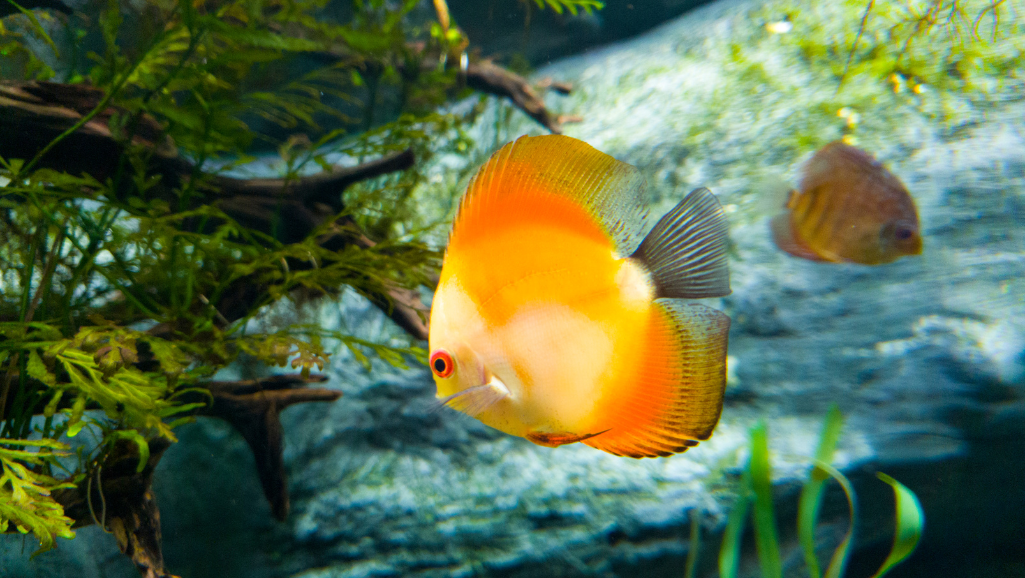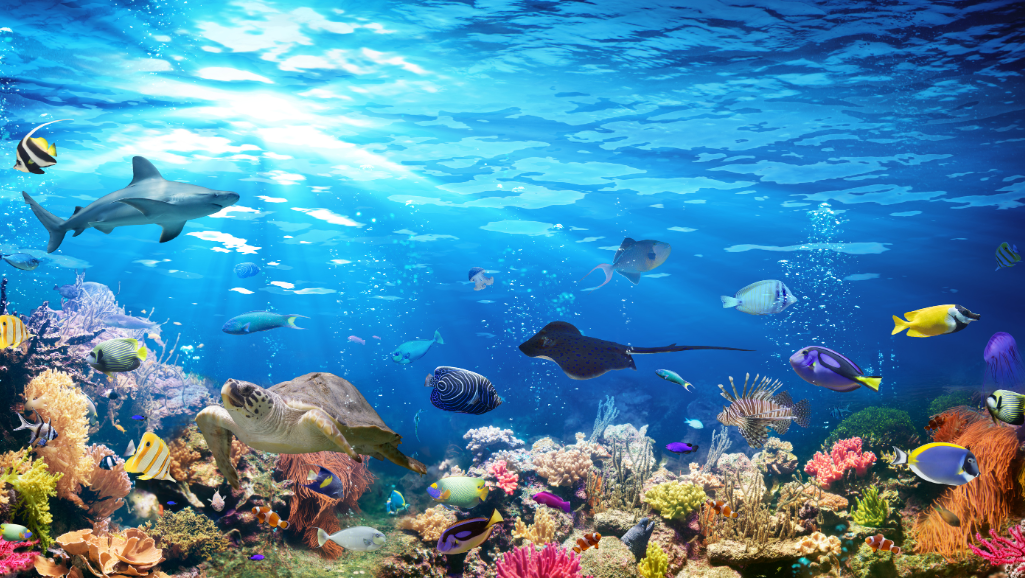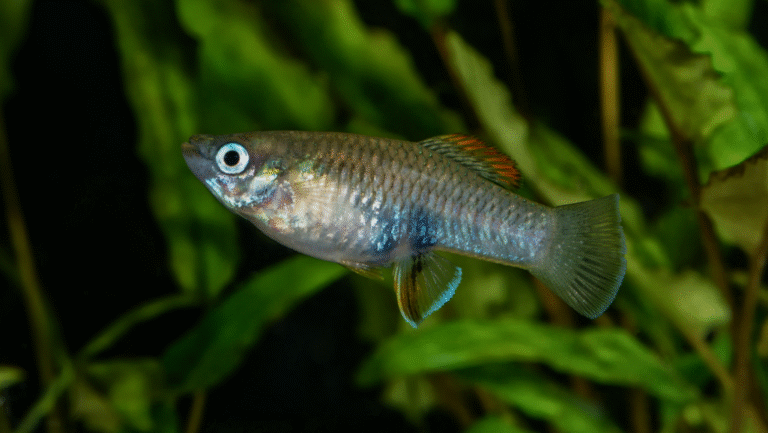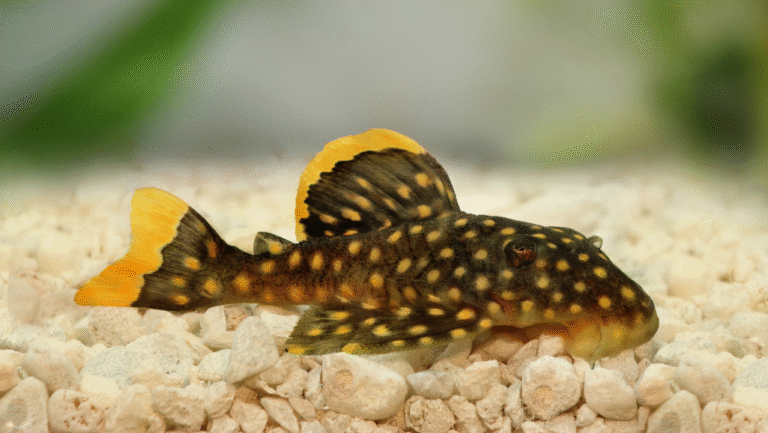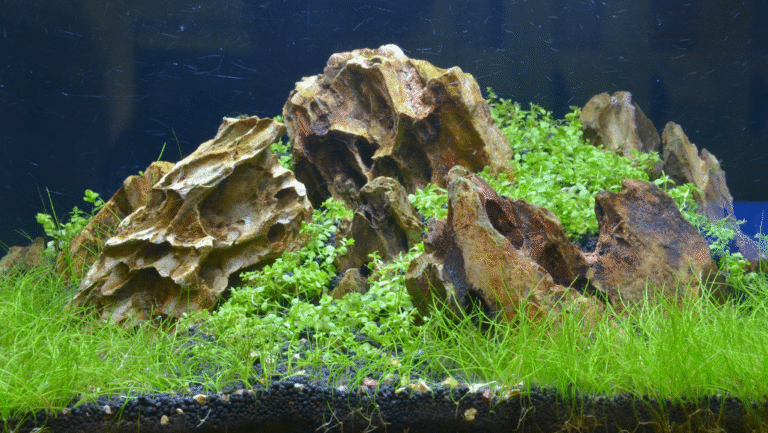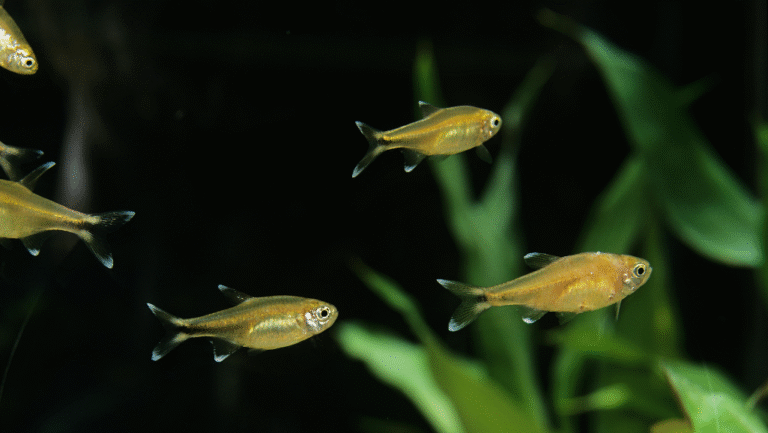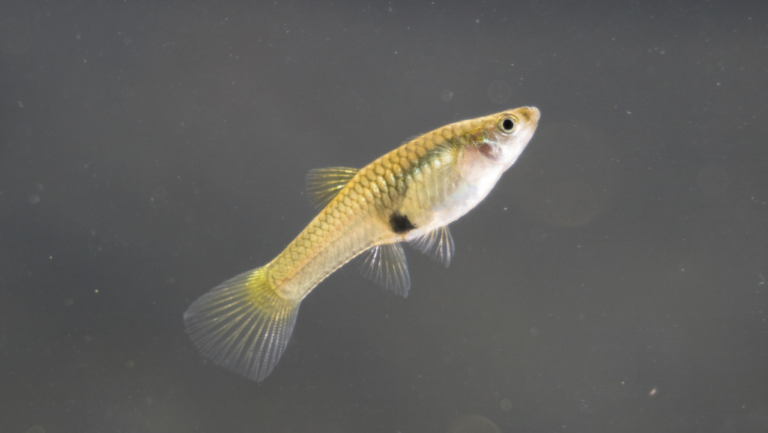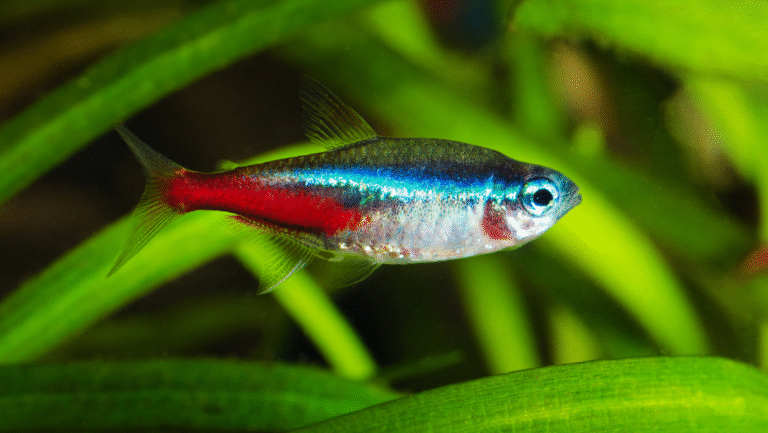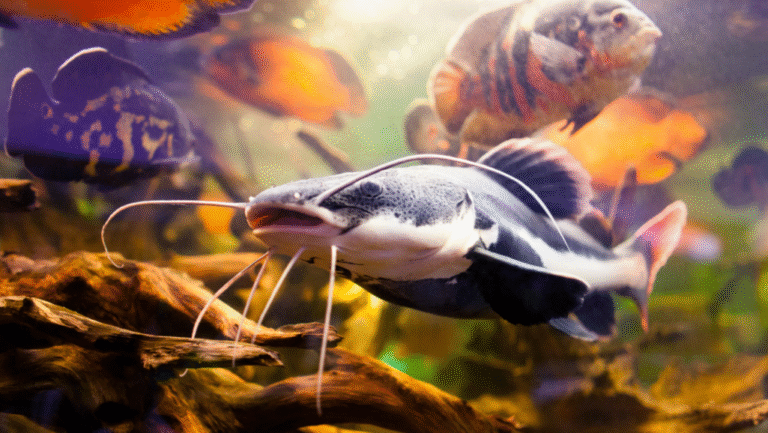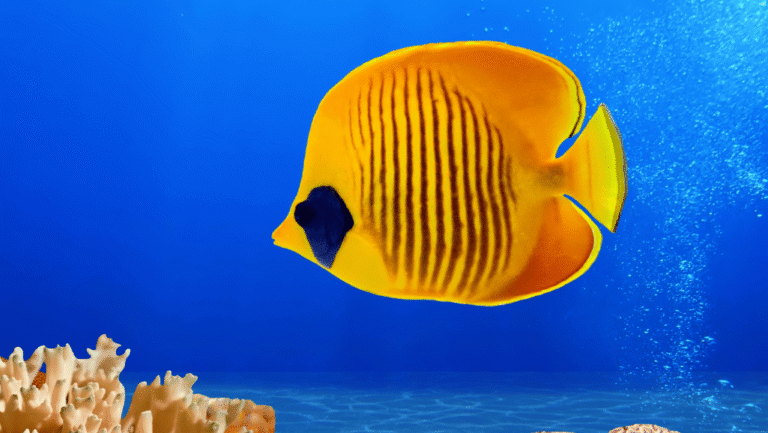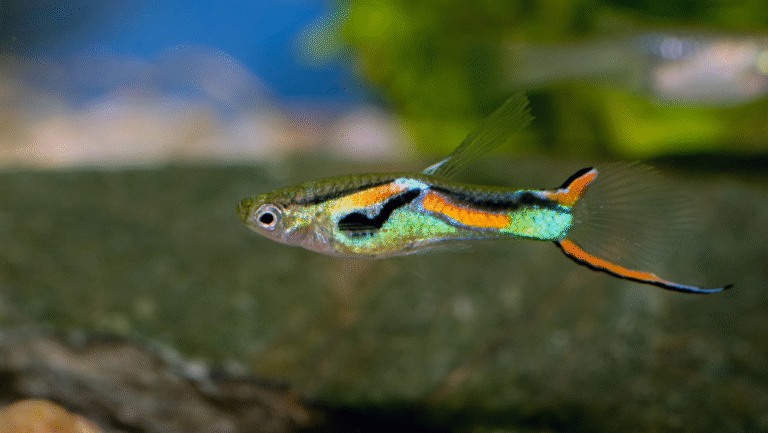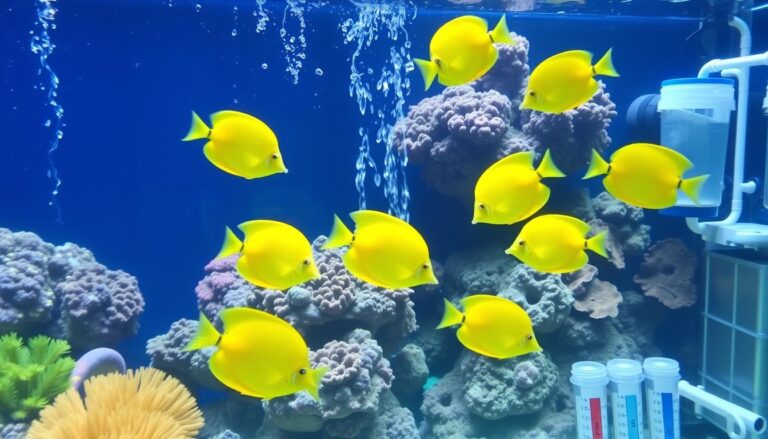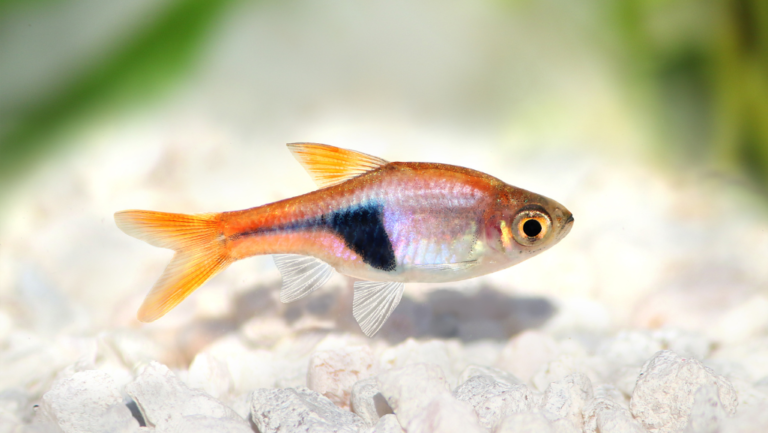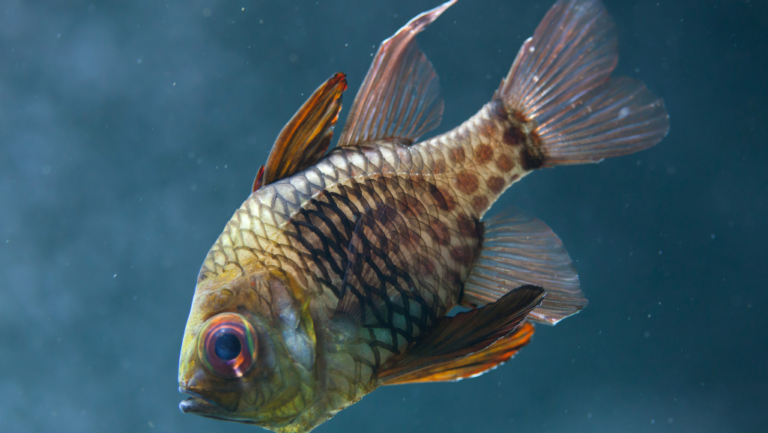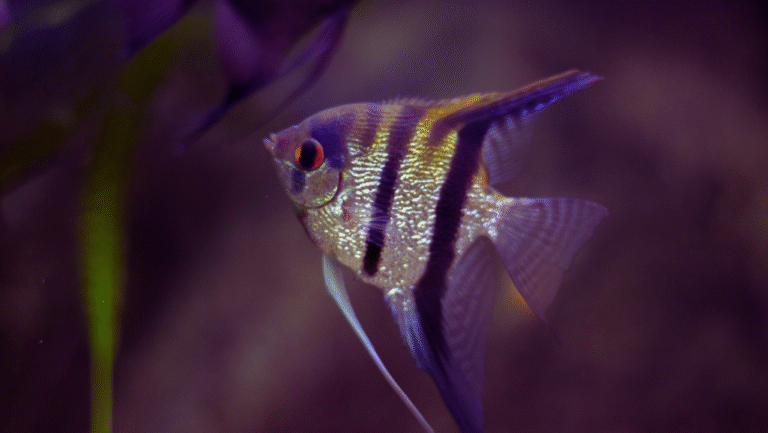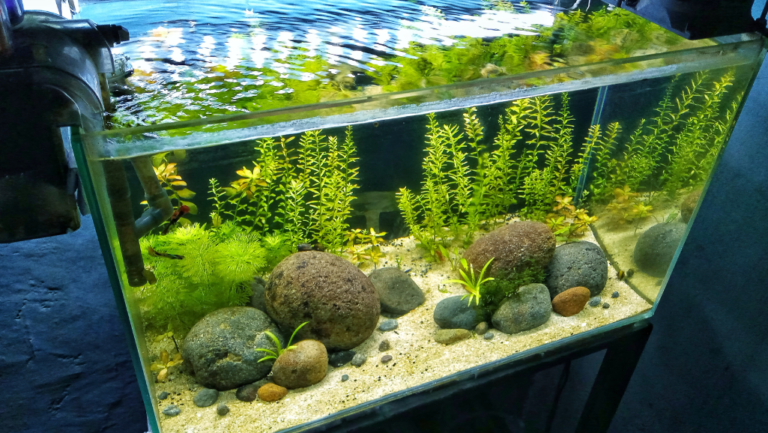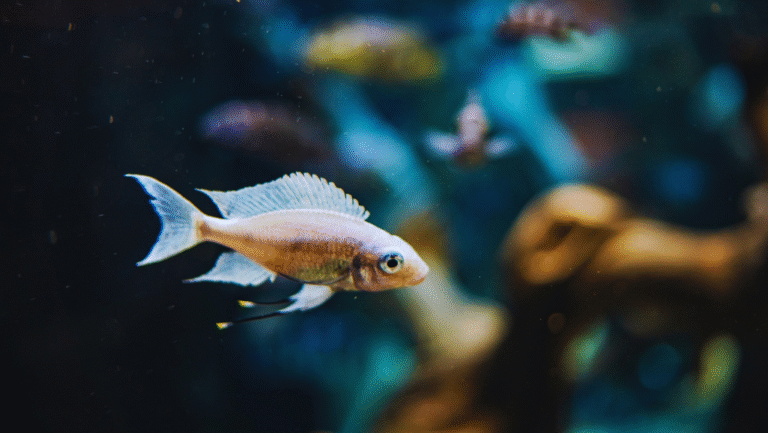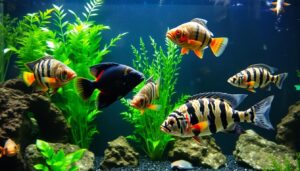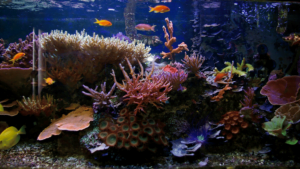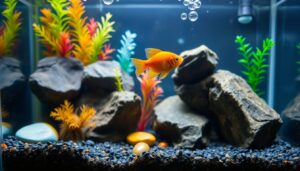Aquatic life has always captivated humans with its stunning diversity and vibrant colors. From freshwater to saltwater environments, the world of aquarium species offers a visual feast for enthusiasts. Whether you’re a beginner or an experienced hobbyist, the allure of colorful fish is undeniable.
Many species, like bettas and clownfish, are celebrated for their striking hues and unique patterns. These colors aren’t just for show—they often serve evolutionary purposes, such as attracting mates or deterring predators. At the same time, they bring a touch of natural beauty to home aquariums.
This guide explores some of the most stunning species, including rare gems like the Electric Blue Acara and Boesemani pretty fish. You’ll also find practical tips on setting up an aquarium to maintain their vibrant colors and health. Whether you’re drawn to their aesthetic appeal or their ecological roles, this journey into aquatic beauty is sure to inspire.
Key Takeaways
- Colorful aquatic life is popular in both freshwater and saltwater aquariums.
- Vibrant colors in fish serve both evolutionary and aesthetic purposes.
- Species like bettas and clownfish are known for their striking appearances.
- Rare species, such as Electric Blue Acara, add unique beauty to tanks.
- Proper aquarium setup is essential for maintaining vibrant colors and healthy fish.
What Makes a Fish Pretty?
From bold patterns to striking forms, aquatic species captivate with their visual appeal. Their beauty isn’t just for show—it often serves vital roles in survival and reproduction. Whether it’s the iridescent hues of a discus or the intricate stripes of a lionfish, nature’s artistry is on full display.
Vibrant Colors and Patterns
Many species, like guppies and mandarinfish, showcase a spectrum of colors. These hues are created by specialized cells called chromatophores, which produce iridescent and metallic effects. For example, the Boesemani Rainbowfish displays a two-tone body, blending blue and orange seamlessly.
Colors also serve evolutionary purposes. Betta fish use their vibrant tails for mating displays, while lionfish rely on bold stripes as warning signals. Even water depth plays a role, as deeper environments often favor darker or more reflective shades for visibility.
Unique Body Shapes and Fins
Beyond colors, body shapes and fins add to the allure of aquatic species. The flat form of a discus allows it to navigate tight spaces, while the upright posture of a seahorse is both functional and graceful. Angelfish, with their triangular fins, are another example of nature’s ingenuity.
Fins also play a key role in movement and communication. Betta fish, for instance, have tails that can span 180 degrees, creating a mesmerizing display. These adaptations highlight the balance between beauty and functionality in the underwater world.
Top Pretty Fish for Freshwater Aquariums
Freshwater aquariums are a gateway to a world of vibrant aquatic life. From bold hues to intricate patterns, these species bring beauty and personality to any tank. Whether you’re a beginner or an experienced hobbyist, there’s a freshwater species to suit your setup.
Betta Fish: The Jewel of Home Tanks
Betta fish are known for their striking colors and flowing fins. These small but captivating creatures thrive in a 5-gallon heated tank with a sponge filter. To create a peaceful environment, add live plants like Java fern. Male bettas, especially the Galaxy Koi variety, display brilliant patterns that make them a favorite among hobbyists.
Discus: The King of Color
Discus fish are often called the “king of the aquarium” for their vibrant hues. They require a larger setup, with a minimum of 75 gallons and temperatures between 84-86°F. Popular varieties include turquoise, pigeon blood, and wild-type color morphs. Their stunning appearance makes them a centerpiece in any freshwater tank.
Guppies: Small but Dazzling
Guppies are perfect for beginners, thanks to their hardy nature and dazzling colors. These small fish breed every 30 days, so provide plants like water sprite for fry protection. Using a Wonder Shell can help maintain mineral balance in the tank. Avoid fin-nipping tank mates to keep guppies healthy and vibrant.
For more insights on colorful freshwater species, check out this guide to top 10 colorful fish.
Saltwater Stunners: Oceanic Pretty Fish
The ocean is home to some of the most visually stunning creatures on Earth. From vibrant reefs to open waters, saltwater habitats are teeming with species that captivate enthusiasts. These aquatic marvels showcase a spectrum of colors and patterns, making them a favorite among hobbyists.
Clownfish: Iconic and Bright
Clownfish are among the most recognizable species in the saltwater world. Their bright orange body and white stripes make them a standout in any tank. These fish form a unique bond with sea anemones, thanks to a protective mucus coat that prevents stings.
This symbiotic relationship benefits both species. The anemone provides shelter, while the clownfish defends it from predators. For a thriving pair, a tank of at least 30 gallons is recommended. UV lighting can enhance their vibrant hues, making them even more striking.
Mandarinfish: A Psychedelic Marvel
Mandarinfish are known for their psychedelic patterns and vivid colors. These small but dazzling creatures require an established tank with a healthy copepod population. Their diet consists mainly of these tiny crustaceans, making them a challenge for beginners.
During mating, mandarinfish perform intricate dances, adding to their allure. To maintain their vibrant appearance, ensure proper water quality and a varied diet. Their unique beauty makes them a prized addition to any saltwater setup.
Maintaining marine species’ colors can be more challenging than freshwater counterparts. Factors like water quality, lighting, and diet play a crucial role. Investing in UV lighting can enhance blue and green hues, bringing out the best in your aquatic display.
Pretty Fish with Unique Behaviors
The underwater world is filled with species that not only dazzle with their appearance but also fascinate with their behaviors. From graceful seahorses to the striking lionfish, these creatures offer a glimpse into the complexity of aquatic life.
Seahorses: Graceful and Unusual
Seahorses are among the most unique species in the ocean. Their upright posture and prehensile tail make them stand out. Males carry eggs in their brood pouch for about 45 days, a rare trait in the animal world.
Baby seahorses, about the size of a jellybean, often cling together in small groups for safety. This behavior helps them avoid predators. In aquariums, seahorses require slow water flow (
Conservation is critical for seahorses, as many are listed on the IUCN Red List. Their unique breeding rituals and delicate nature make them a symbol of marine conservation efforts.
Lionfish: Beautiful but Dangerous
Lionfish are known for their striking appearance and venomous spines. Invasive in many regions, they consume up to 79% of available prey, disrupting local ecosystems. Their bold stripes serve as a warning to predators.
Lionfish derbies are organized to control their population. These events encourage ethical collection and reduce their impact on native species. When handling lionfish, safety protocols for venom extraction are essential.
Unlike angelfish, which hunt passively, lionfish use ambush tactics. Their rapid movements and venomous spines make them efficient predators. Ethical concerns arise over wild collection, emphasizing the need for sustainable practices.
Aquarium Setup for Pretty Fish
Creating the perfect environment for vibrant aquatic species starts with the right setup. A well-planned aquarium ensures the health and beauty of its inhabitants. From choosing the right tank size to maintaining ideal water conditions, every detail matters.
Choosing the Right Tank Size
The size of your tank plays a crucial role in the well-being of aquatic species. A general rule is to provide one gallon per inch of fish for smaller species. For larger fish like discus, a minimum of 75 gallons is recommended.
Species like Golden Wonder Killifish require tight lids to prevent jumping. Always consider the adult size of your fish when selecting a tank. Overcrowding can lead to stress and health issues, so plan accordingly.
Water Conditions and Decor
Maintaining stable water parameters is essential for vibrant colors and healthy fish. Discus thrive in a pH range of 7.0-8.0, while other species may need different levels. Use water test kits to monitor pH and hardness regularly.
Live plants like Anubias and Cabomba enhance both aesthetics and water quality. Substrate choices, such as sand or gravel, depend on the species. For territorial fish, PVC caves provide shelter and reduce aggression.
Proper filtration is another key factor. Sponge filters are ideal for bettas, while canister filters work well for cichlids. Cycling your aquarium with bacteria additives ensures a safe environment for your aquatic pets.
Rare and Exotic Pretty Fish
The allure of rare aquatic species lies in their unique beauty and fascinating behaviors. These creatures are not just visually stunning but also offer a glimpse into the diversity of underwater life. From hybrid origins to intricate social dynamics, they captivate enthusiasts and collectors alike.
Electric Blue Acara: A Neon Dream
The Electric Blue Acara is a hybrid species known for its vibrant neon blue colors and hints of orange on its fins. Growing to a size of 6-8 inches, this cichlid is a standout in any aquarium. Unlike other cichlids, it is relatively peaceful and compatible with live plants, making it a favorite among hobbyists.
This species thrives in water temperatures between 75-82°F and requires a well-maintained tank. Its hybrid origins contribute to its striking appearance, but breeding rare color morphs can be challenging. Premium specimens often fetch prices of $50 or more, reflecting their desirability.
Boesemani Rainbowfish: Two-Tone Wonder
The Boesemani Rainbowfish is a true marvel, with its iridescent blue front half and vivid orange back half. Males display their full colors best in female-dominated groups, making a school of at least six individuals essential. This species is sensitive to temperature changes, requiring stable conditions between 77-86°F.
Wild populations of Boesemani Rainbowfish are listed on the IUCN Red List, highlighting the importance of conservation. In aquariums, they thrive in planted tanks with plenty of swimming space. Their schooling behavior and vibrant hues make them a stunning addition to any setup.
Care Tips for Colorful Species
Maintaining the vibrant colors and health of aquatic species requires careful attention to their diet and environment. A balanced approach to feeding and proactive health management can ensure they thrive for years.
Feeding for Vibrant Colors
Diet plays a crucial role in enhancing the natural hues of aquatic species. Foods rich in spirulina, krill, and astaxanthin can boost reds, blues, and oranges in species like Cherry Barbs and Blue Green Chromis. For example, spirulina flakes are excellent for intensifying red tones.
Variety is key. A mix of meaty foods like bloodworms and plant-based options like algae pellets ensures balanced nutrition. Avoid overfeeding, as leftover food can degrade water quality and harm your aquatic pets.
Common Health Issues to Avoid
Preventing diseases starts with maintaining optimal water conditions. Regular 25% weekly changes help keep parameters stable. Quarantine new arrivals to prevent the spread of illnesses like Velvet disease or Ich.
UV sterilizers can control parasites, while dimmable lights reduce stress. Monitoring aggression levels and providing adequate hiding spots also contribute to a healthy environment. For more detailed care tips, check out our guide on Blue Green Chromis.
Pretty Fish in Popular Culture
The influence of aquatic species extends beyond aquariums, shaping trends in movies, social media, and even celebrity lifestyles. From animated films to Instagram feeds, these creatures have become symbols of beauty and fascination in the modern world.
From Finding Nemo to Aquarium Trends
The release of *Finding Nemo* in 2003 sparked a global obsession with clownfish. Sales of these vibrant species surged by 40%, as fans sought to recreate the magic of the movie in their own homes. Similarly, *Finding Dory* boosted interest in Surgeonfish, highlighting the power of films to drive aquarium trends.
Social media platforms like Instagram have also played a role in popularizing exotic species. Aquascaping, inspired by natural habitats, has become a trending art form. Celebrities like Snoop Dogg and Rihanna have showcased their elaborate setups, further fueling the demand for unique aquatic displays.
- Anime influences, such as *Ponyo*’s goldfish symbolism, have added a cultural layer to the appreciation of aquatic life.
- Documentaries like *Blue Planet II* have raised awareness about marine conservation, inspiring hobbyists to adopt sustainable practices.
- Meme culture has even weighed in, contrasting the quirky Blobfish with the dazzling Mandarinfish.
Technological advancements in aquarium setups, often depicted in movies, have made it easier to maintain vibrant species. From UV lighting to automated filtration systems, these innovations ensure that aquatic pets thrive while enhancing their natural beauty.
Conclusion
From vibrant freshwater guppies to mesmerizing marine mandarinfish, the world of aquatic species offers endless beauty and fascination. Each species brings unique colors, patterns, and behaviors to the aquarium, creating a captivating underwater experience.
Responsible ownership is key to maintaining their health and vibrancy. Proper tank setups, stable water conditions, and ethical practices ensure these creatures thrive. Supporting captive breeding programs also helps preserve biodiversity and reduce the impact on wild populations.
As the hobby evolves, emerging trends like advanced filtration systems and eco-friendly lighting are shaping the future of ornamental fishkeeping. For detailed care guides, explore our aquarium fancy fish categories to enhance your knowledge and skills.
By embracing sustainable practices, we can enjoy the beauty of aquatic life while contributing to its preservation. Dive into this rewarding hobby with care, curiosity, and a commitment to conservation.
